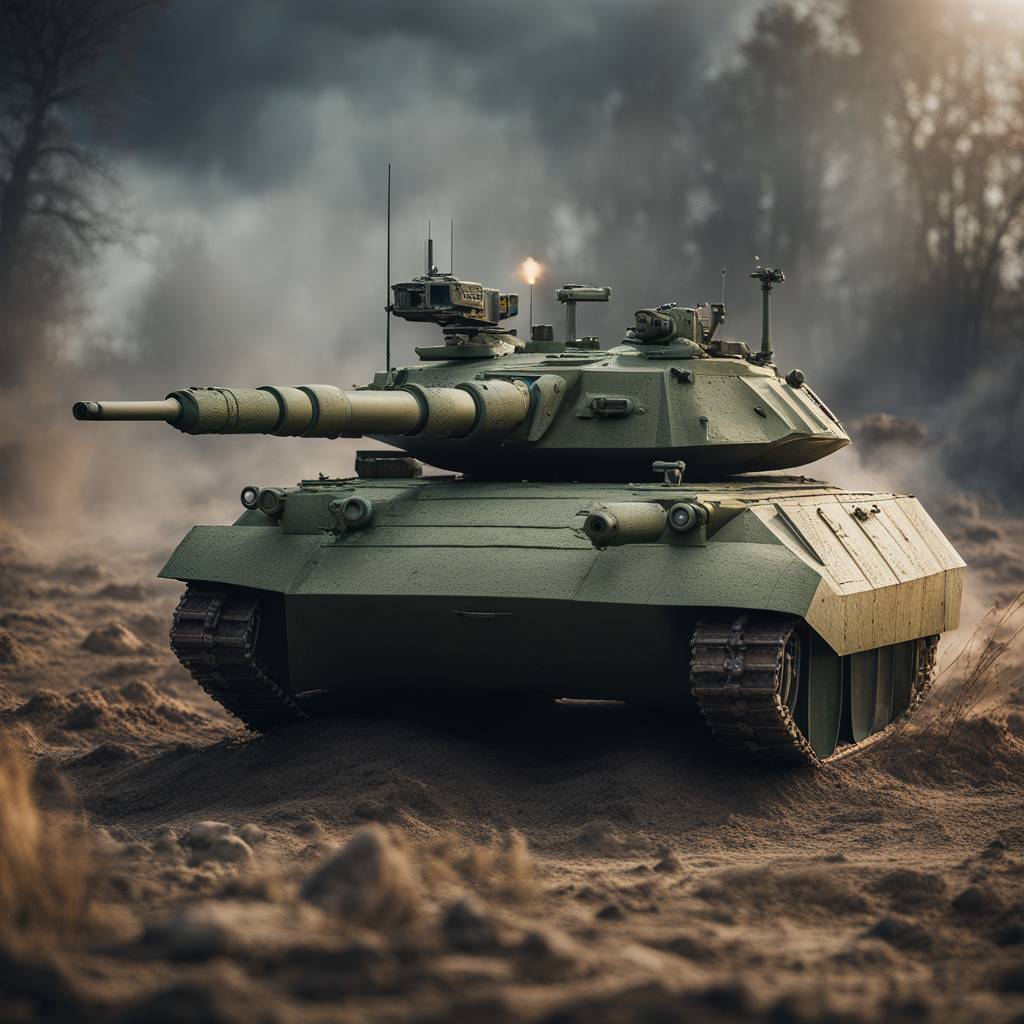A bizarre, modified T-72 tank, known as the “turtle tank,” met its demise in a hangar in Donetsk, eastern Ukraine, just a day after making its appearance on the front line. The tank, encased in an awkward metal shell that hindered its mobility and prevented its turret from rotating, fell victim to an artillery barrage that destroyed the hangar and the vehicles inside. This incident sheds light on the improvisation and security challenges faced on the battlefield, highlighting the devastating impact of the ongoing conflict between Russia and Ukraine.
The turtle tank, equipped with DIY anti-drone armor in the form of a huge roof that obstructed the turret’s rotation and limited maneuverability, survived its combat debut but was eventually destroyed due to its exposure in the hangar. The tank’s unique design left gaps that made it vulnerable to attacks by explosive drones, contributing to its downfall. Despite this setback, the overall Russian strategy in Ukraine continues to be effective, though at a high cost in terms of casualties and equipment loss.
The destruction of the turtle tank underscores the consequences of the Russian military’s approach of mass over maneuver, which involves overwhelming Ukrainian forces with sheer numbers of troops and tanks. While this tactic has led to territorial gains for the Russian forces, it has come at the expense of hundreds of troops and dozens of vehicles lost daily in combat. The ongoing conflict in Ukraine has resulted in significant casualties on both sides, with the Russians making incremental progress in recent weeks and days.
The Russian economy is operating on a war footing, with President Vladimir Putin securing a controversial re-election victory last month and the military receiving the necessary resources to sustain its aggressive campaign in Ukraine. Despite facing opposition and criticism, the Russians continue to advance their forces and capture strategic locations, demonstrating their commitment to the conflict. The destruction of the turtle tank serves as a cautionary tale of the risks and challenges of war, highlighting the complexities and uncertainties faced by both sides in the ongoing conflict.
The global attention garnered by the turtle tank, showcased in a video that went viral on social media, ultimately led to its downfall as Ukrainian forces were able to track its location and target it with artillery fire. The fame of the tank, known for its unconventional design and vulnerability to drone attacks, ultimately led to its premature demise. The incident serves as a reminder of the dangers and pitfalls of warfare, where even the most well-intentioned innovations can lead to disastrous consequences in a conflict zone.
The destruction of the turtle tank highlights the broader implications of the Russia-Ukraine conflict, emphasizing the devastating impact of war on both sides. As the conflict continues to unfold, the Russian military’s aggressive tactics and strategic maneuvers are likely to come under increased scrutiny, as the consequences of their actions become more apparent. The future of the conflict remains uncertain, with both sides facing significant challenges and uncertainties in the ongoing struggle for control and dominance in the region.















